Latest
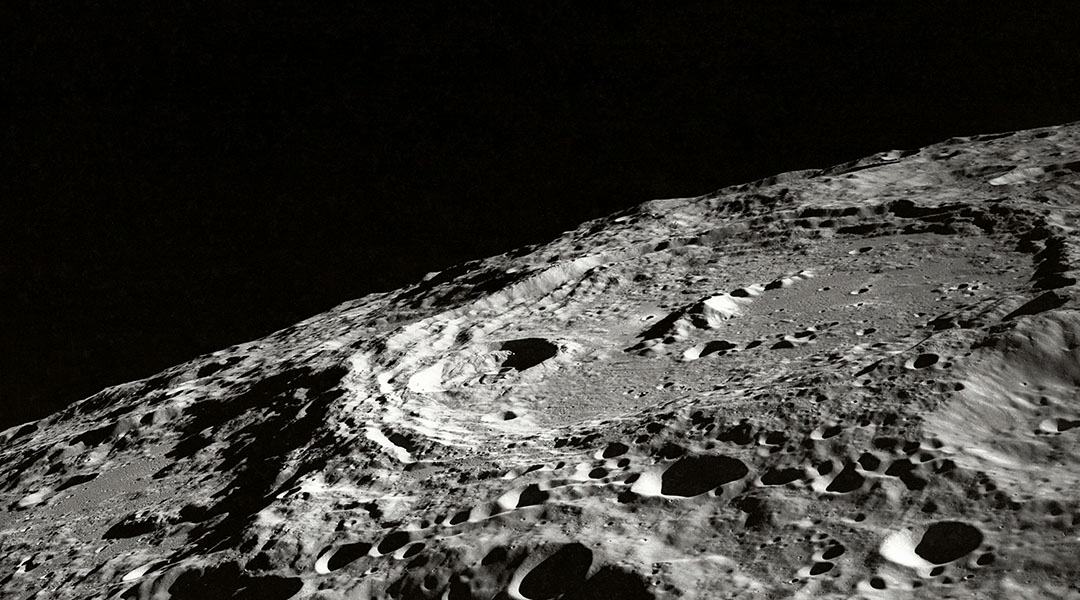
Solar panels made of lunar dust could power a future Moon base
Making solar panels on the Moon could be the solution to reliably providing energy to lunar settlements.

Sustainable building material extracted from seawater
A sand-like material can be extracted from seawater by adding carbon dioxide, potentially making the building industry more sustainable.
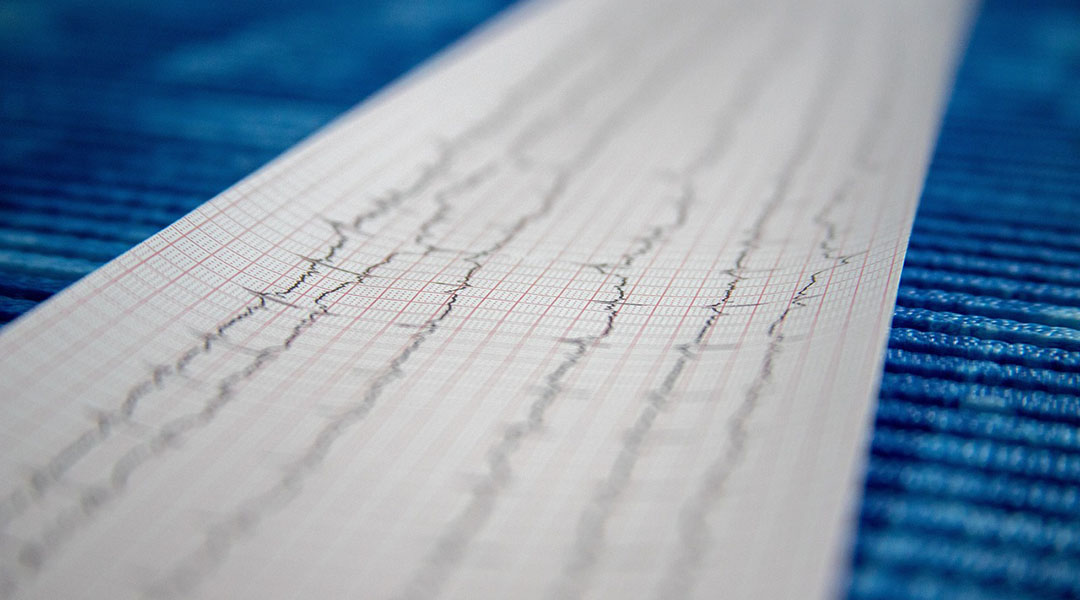
World’s smallest pacemaker dissolves once it’s no longer needed
Smaller than a grain of rice, the pacemaker is designed with temporary interventions in mind.

New machine learning tool could transform how we study neutron star mergers
A new machine learning algorithm that can rapidly pinpoint the location of a neutron star merger using gravitational wave signals alone.

Higgs boson may be driving the Universe’s expansion
Scientists assume that inflation was driven by hypothetical inflaton particles, which scientists think could be the Higgs boson.

Molecules found in wood could make pesticides more efficient
Scientists in Finland have developed a method that can achieve a tenfold increase in pesticide retention on farmed crops.

Does regular blood donation have long-term benefits?
Regular blood donation may reduce preleukemic changes in blood cells, promoting health benefits and helping blood cells respond to stress over time.
ASN Weekly
Sign up for our weekly newsletter and receive the latest science news directly to your inbox.

Securing data with bright entangled photons
Secure data sharing methods using quantum key distribution via satellites promise advancements in long-distance quantum communication.
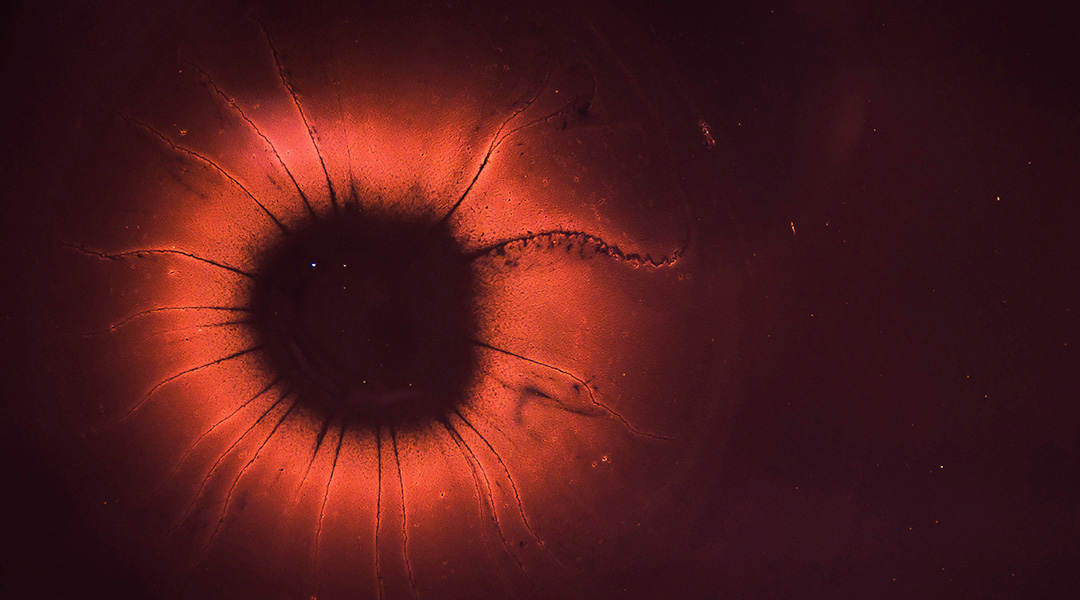
Study finds zombie cells may play a role in aging
Cells that can no longer divide may play a role in the chronic inflammation that weakens the immune system and contributes to aging.
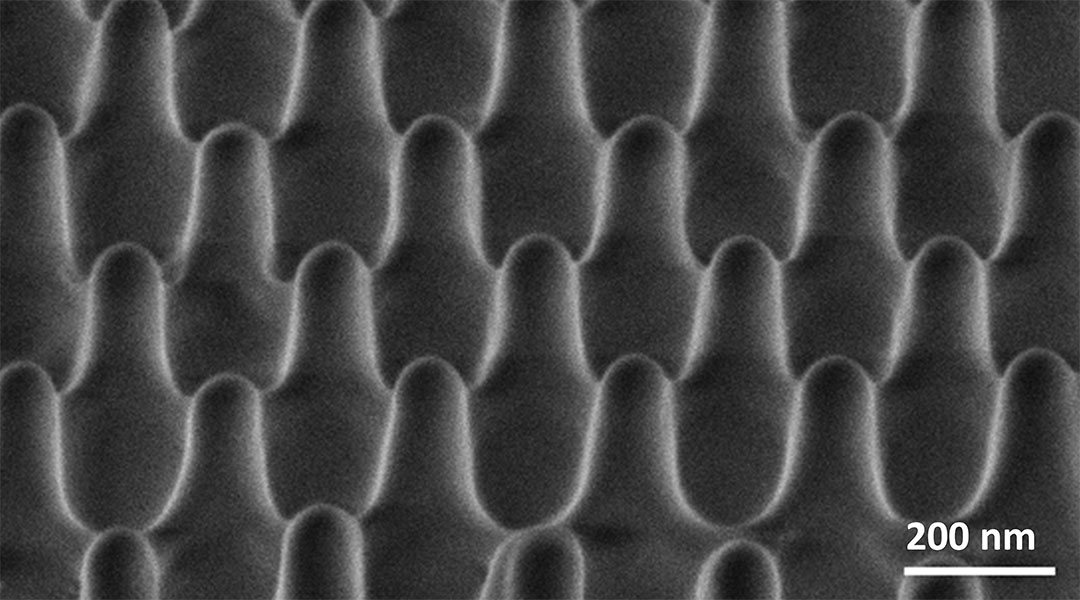
How much force does it take to kill a single bacterium?
Scientists are using nanomaterials to pressure bacteria and find new ways to combat antibiotic resistance.
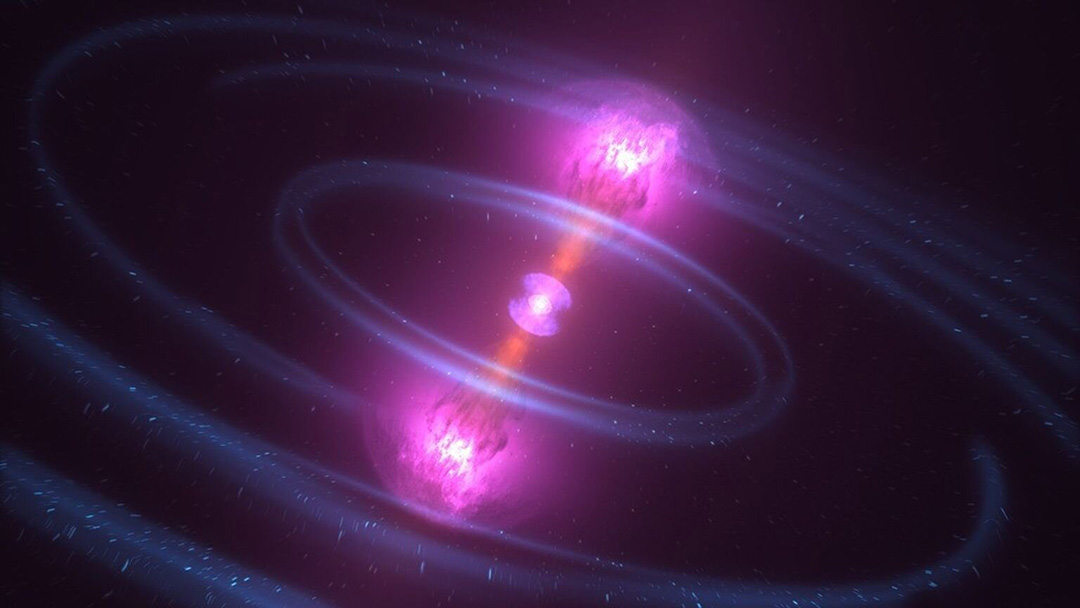
The secrets of a “rejuvenated” star revealed through its chemical fingerprint
Discover how the rare star HD 65907, a field blue straggler, formed from the merger of two stars.

Quantum communication could be integrated into existing fiber optic networks, new study shows
Quantum communication doesn’t necessarily need to be delayed; it might be possible to integrate it into existing fiber optic networks.
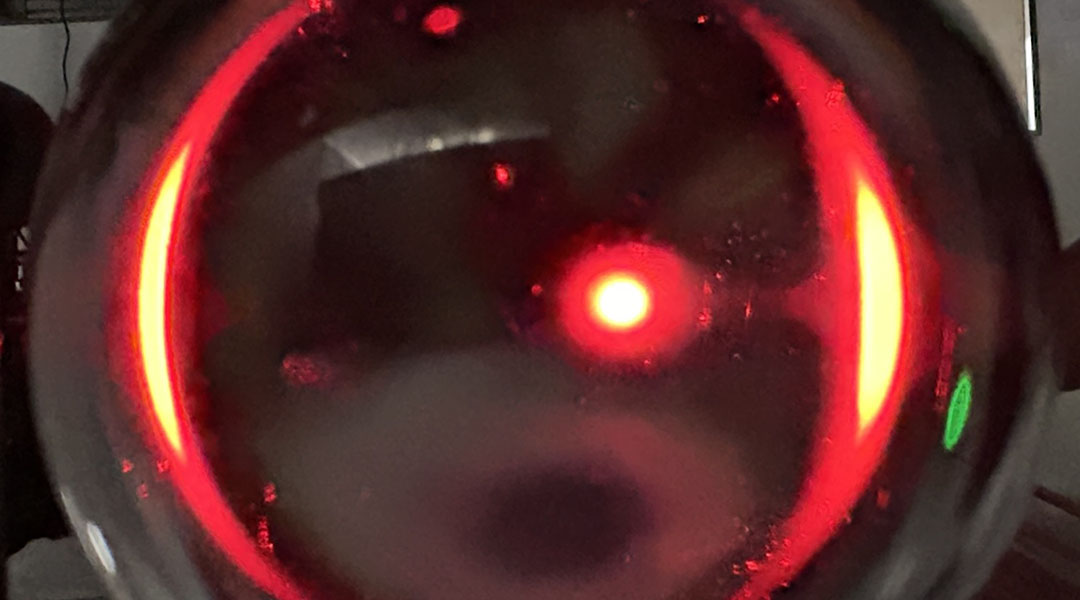
Researchers replicate gravitational lensing in the lab
Lenses help researchers mimic the way massive cosmic objects bend light—bringing the elusive effects of gravitational lensing to Earth.
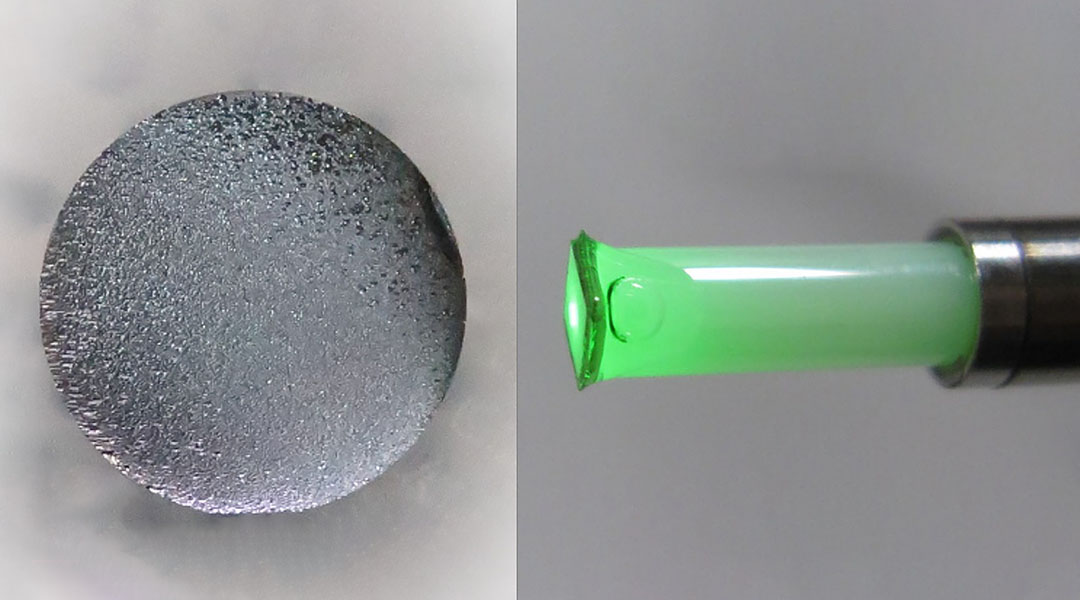
Low-cost quantum sensors could enhance EV battery monitoring
These low-cost quantum sensors detect tiny magnetic field changes and could help identify early battery issues in electric vehicles.
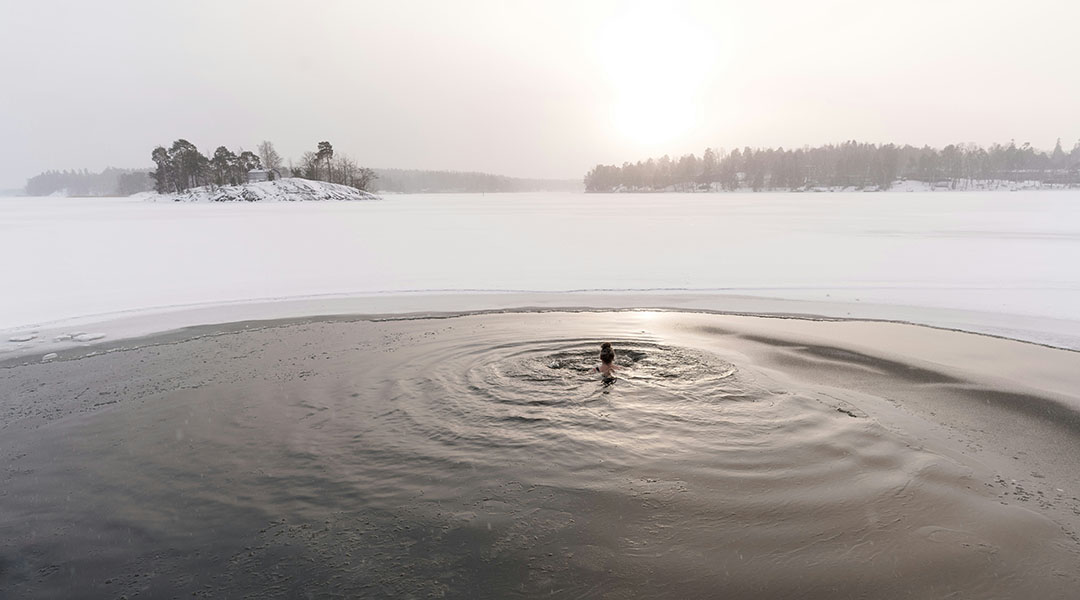
Cold shock from ice baths leads to stronger cells
New study reveals how repeated cold-water exposure enhances the cellular defenses, promoting adaptation to extreme temperatures.
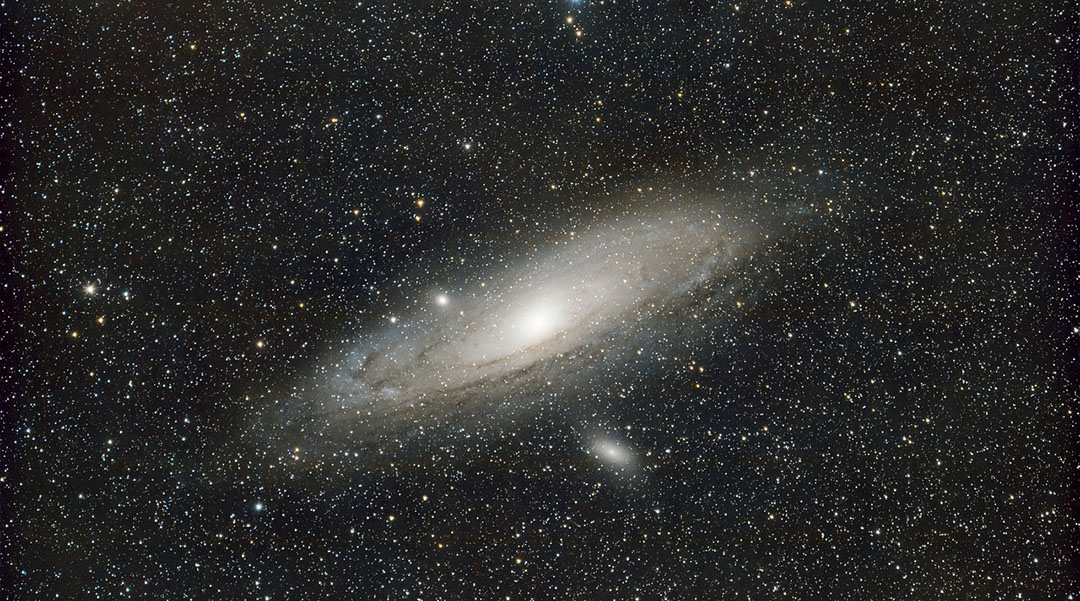
Gas filaments could help explain how supermassive black holes get so big
New observations suggest elongated gas filaments that stretch into space may be feeding supermassive black holes.

Can Dincer: “As a scientist, I love to be free”
Microsystems engineer Can Dincer builds disposable devices to enable personalized medicine.
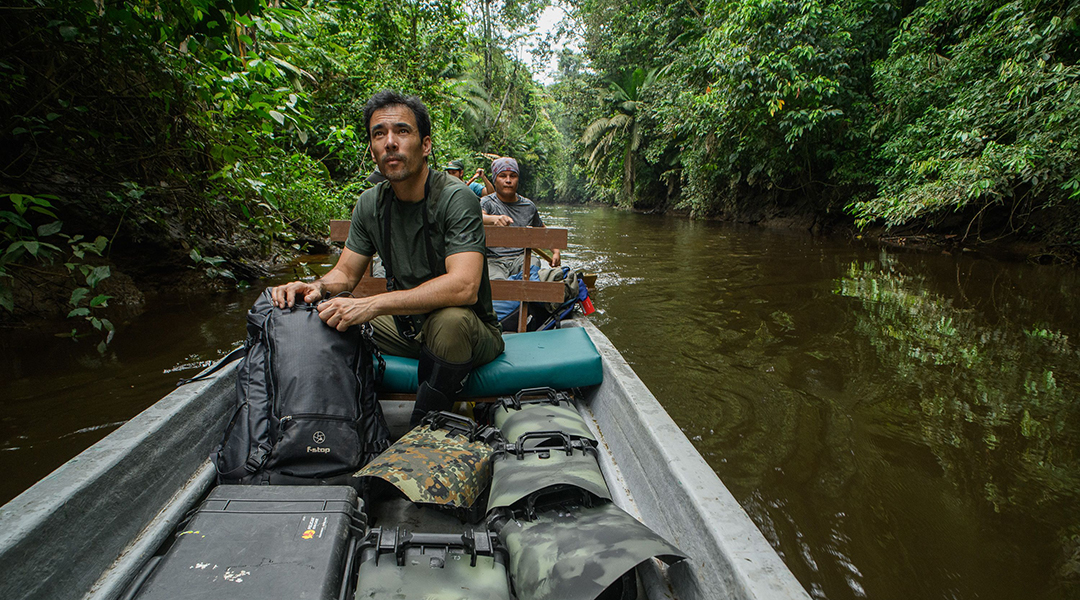
Through the lens of rainforest conservationist and photographer Chien Lee
Not just pretty pictures: Borneo-based wildlife photographer and conservationist Chien Lee has a deeper message.
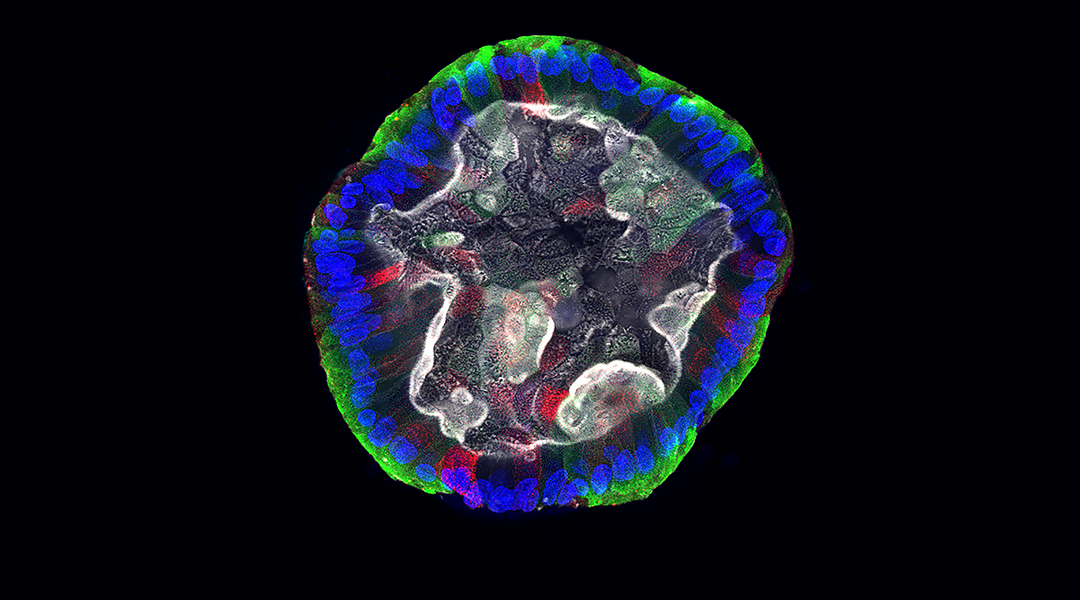
Using organoids to advance equity and inclusion in drug discovery
Addressing the lack of diversity in drug testing, scientists are using organoids from voluntary donors to enhance equity and inclusion.
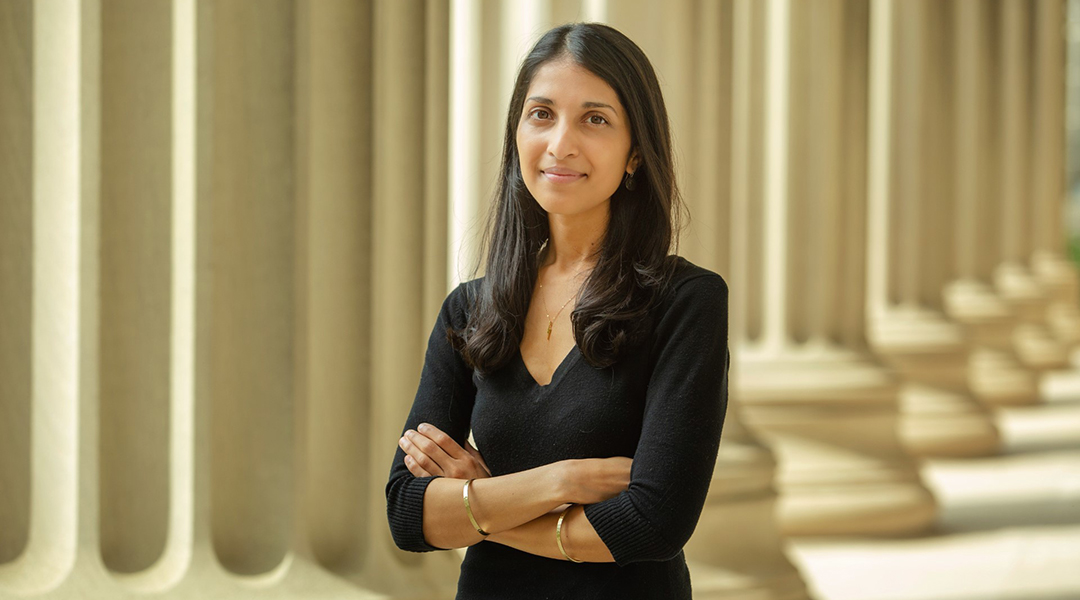
Ritu Raman: “Your very existence in science is a form of activism”
Engineer, author, and educator Ritu Raman blends many talents and is fast becoming a leading figure in the biofabrication community.
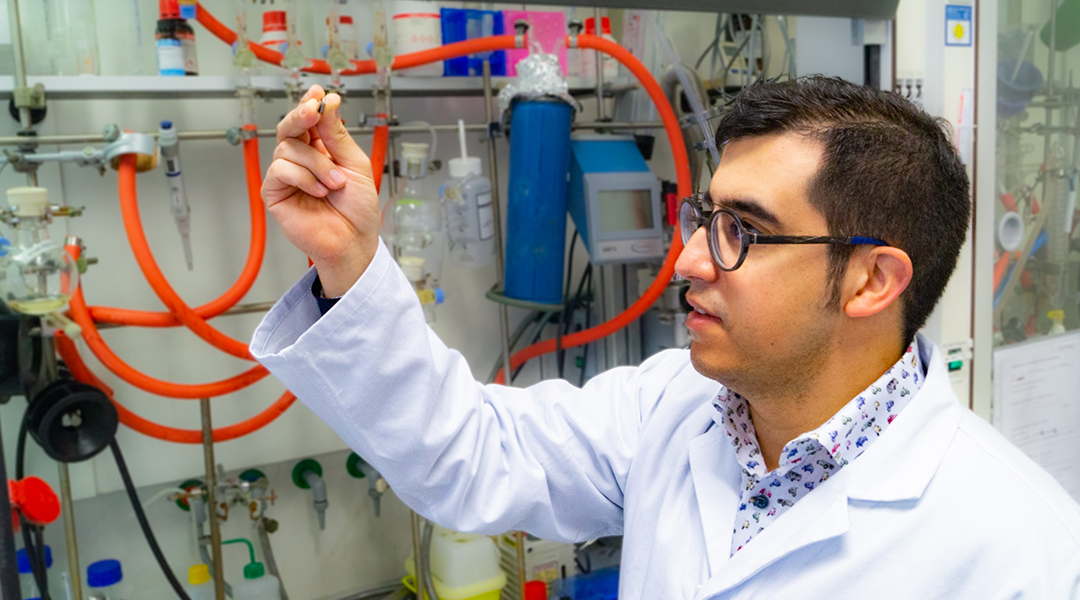
César Rodriguez-Emmenegger: “Be passionate, creative, and bold”
Through innovative, interdisciplinary work, chemist César Rodriguez-Emmenegger is seeking a way to communicate with biological systems.
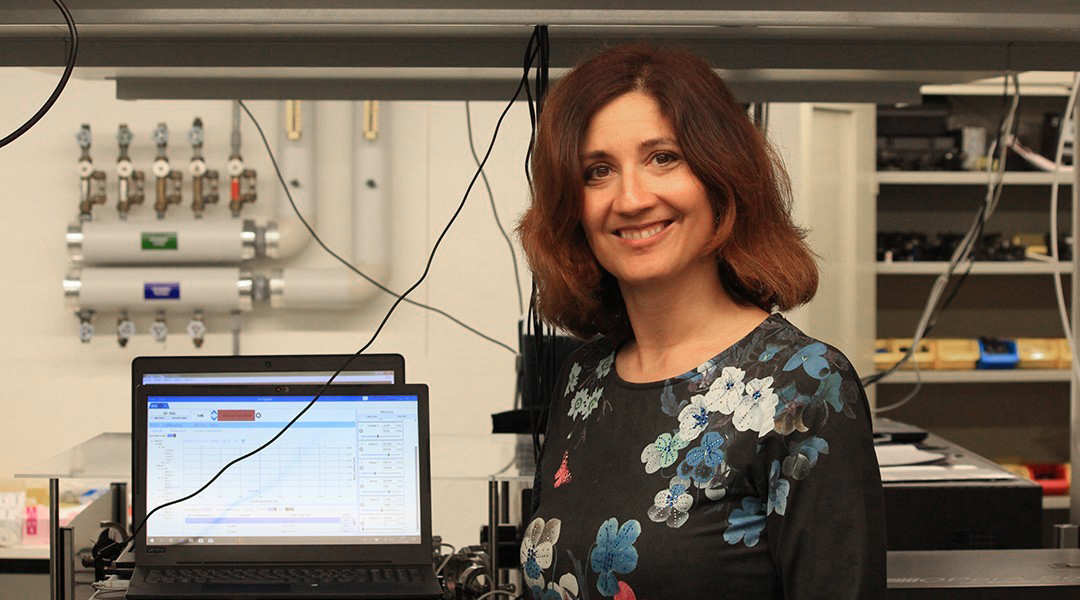
Natalie Banerji: “You do not go very far by yourself”
At the interface of light and matter, Natalie Banerji is using spectroscopy to advance technologies such as solar cells and bioelectronics.
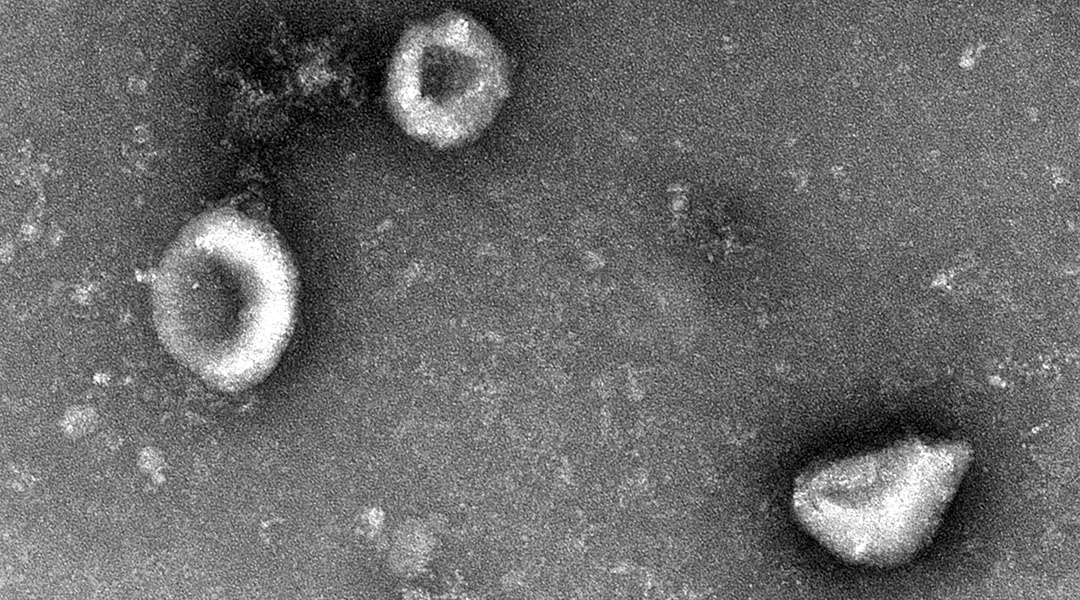
Smart nanoparticles shut down cancer’s energy supply to stop it from spreading
A nanoparticle targets mitochondria in cancer cells, offering a promising new strategy to tackle chemotherapy resistance tumor spread.
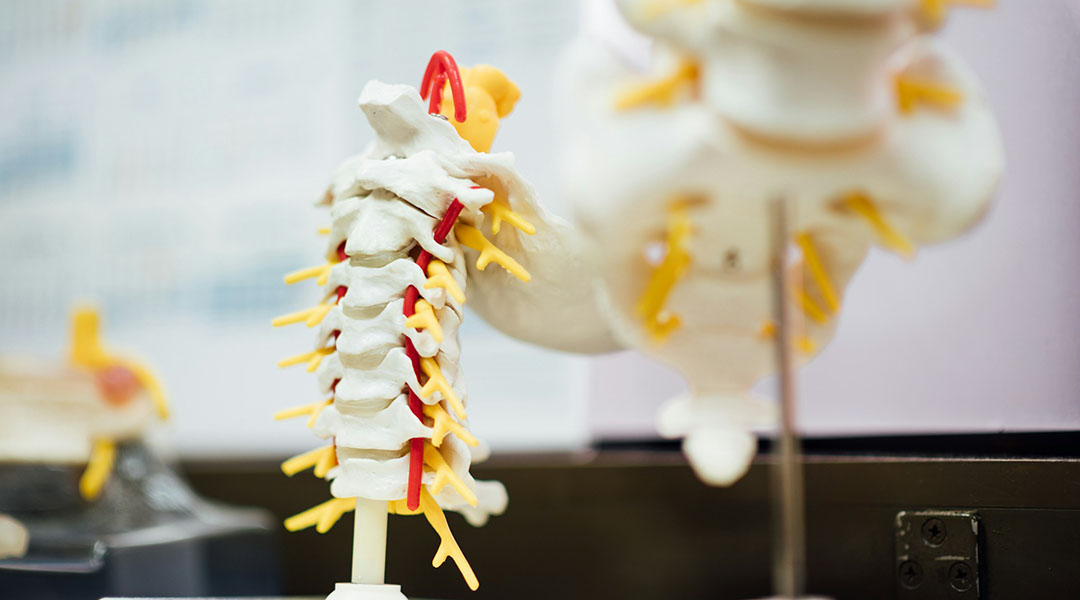
A new biomaterial shields nerves from inflammation, aiding spinal cord injury
Scavenging harmful reactive oxygen species, this new biomaterial reduces inflammation and promotes nerve regeneration in spinal cord injury.
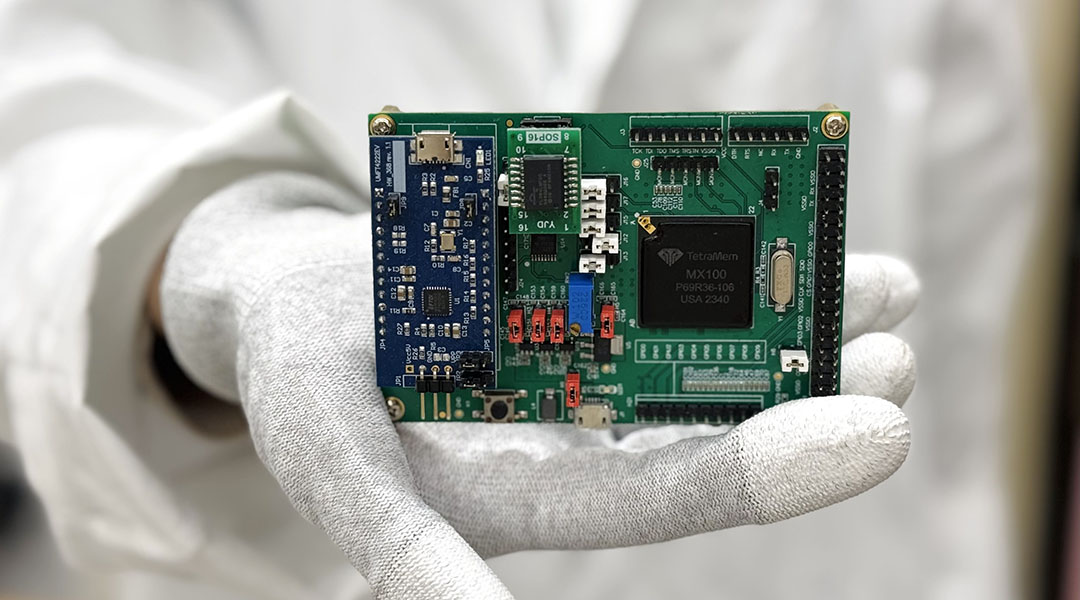
Heart attack and liver cancer early warning system powered by AI and nanotech
The system detects biomarkers for life-threatening diseases, such as heart attacks and cancer, enabling timely medical intervention.

A marker pen loaded with pufferfish toxin could help treat chronic pain
Scientists have developed a marker pen to deliver tetrodotoxin, a powerful neurotoxin found in pufferfish, to treat severe skin pain.

Switching fiber optic cables from round to rectangular shown to enhance data speeds
Rectangular fiber optic cables could increase data transfer rates, benefiting telecommunications and quantum computing advancements.

A new method to track skyrmions, tiny magnetic whirls formed by atomic magnetism
Harnessing skyrmions’ random motion and low energy requirements, this discovery could lead to more efficient and powerful computing technologies.

Low-cost quantum sensors could enhance EV battery monitoring
These low-cost quantum sensors detect tiny magnetic field changes and could help identify early battery issues in electric vehicles.
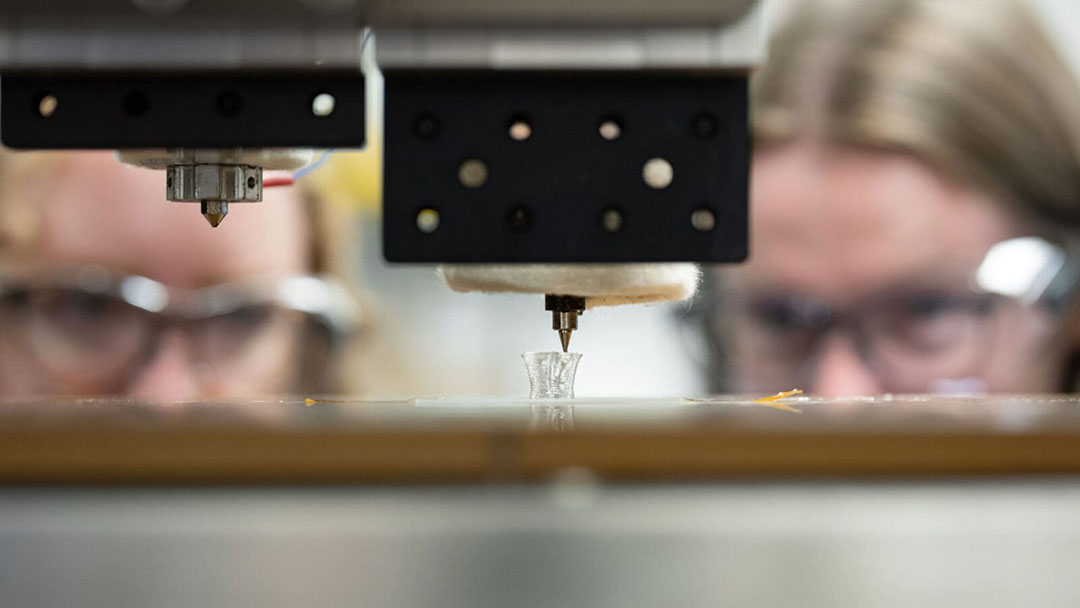
Recyclable 3D-printed plastics that heal, flex, and adapt
A 3D printing technique creates recyclable plastics with adjustable flexibility and strength for soft robots and medical devices.
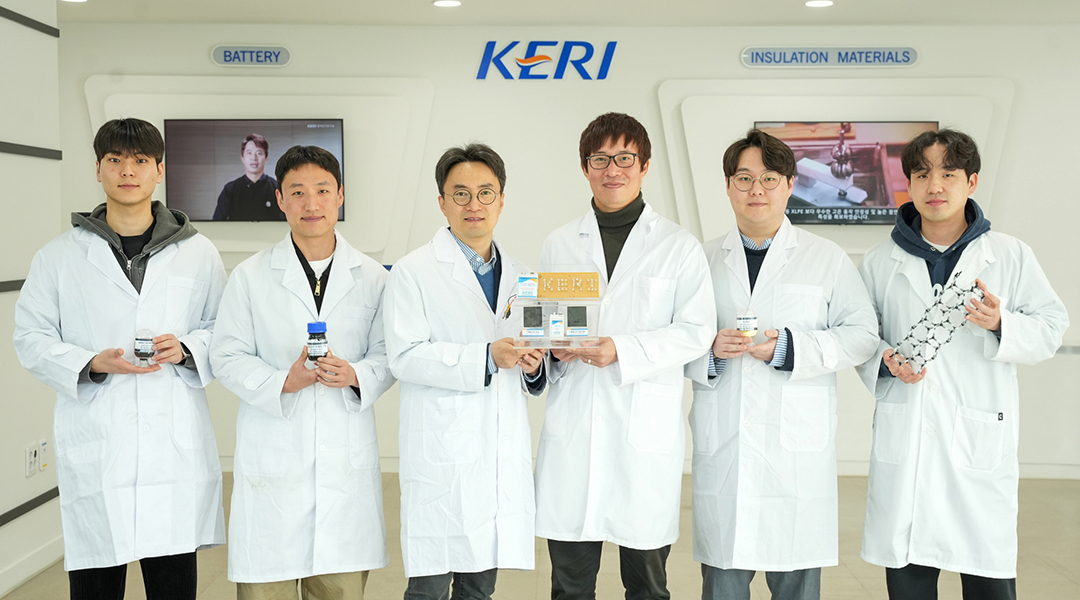
New lithium-sulfur battery design boosts lifespan and flexibility
A new battery design could overcome obstacles to making batteries with more energy storage capacity and a lower environmental footprint.
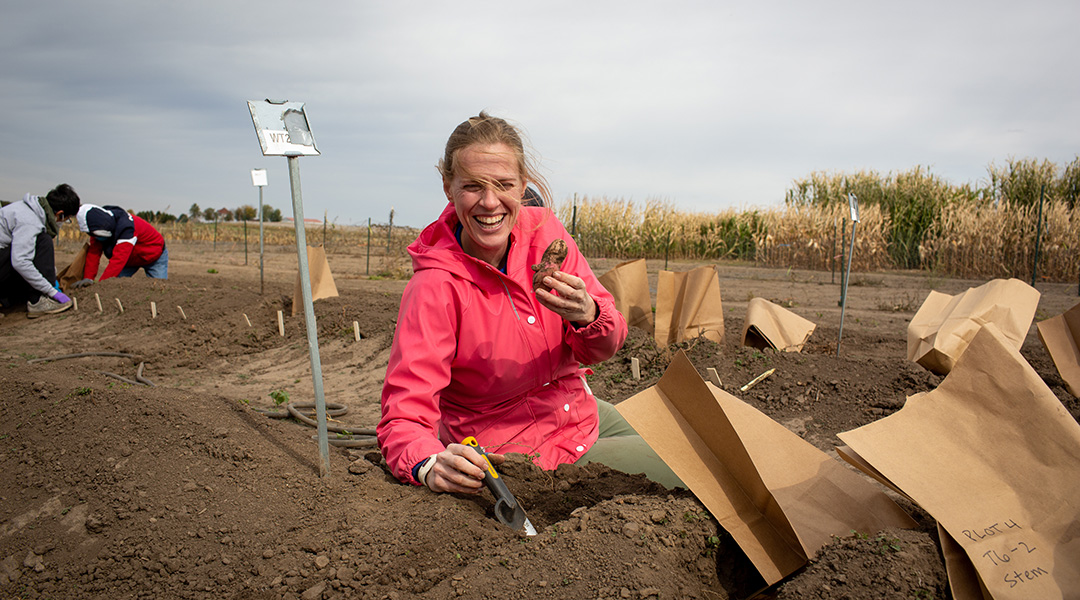
Future-proofing potato crops to resist heat waves
Crops that can withstand rising temperatures could increase global food security amidst the rising threat of climate change.

Calculating the true environmental costs of AI
The rapid growth of AI brings hope of unprecedented advancements in many sectors but what is its real carbon footprint?

The multi-decade collapse of a massive Antarctic ice sheet
Such rapid changes haven’t been accounted for in model projections, meaning sea level estimates are subject to uncertainty.

XRISM solves star formation mystery in galaxy clusters
New high-resolution X-ray data reveal that turbulent gas motion, not just black hole activity, prevents star formation in cluster cores.
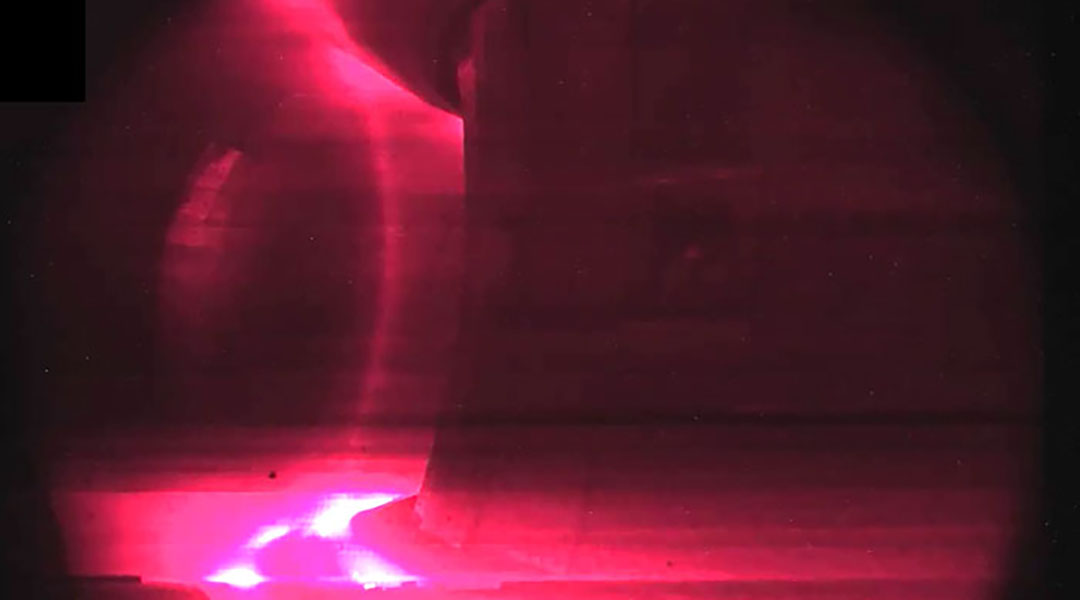
French WEST reactor breaks record in nuclear fusion
Scientists at the WEST tokamak in France set a new plasma duration record, bringing us closer to achieving nuclear fusion for clean energy.

A new method to track skyrmions, tiny magnetic whirls formed by atomic magnetism
Harnessing skyrmions’ random motion and low energy requirements, this discovery could lead to more efficient and powerful computing technologies.

Researchers replicate gravitational lensing in the lab
Lenses help researchers mimic the way massive cosmic objects bend light—bringing the elusive effects of gravitational lensing to Earth.
